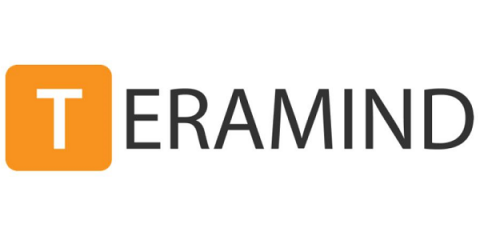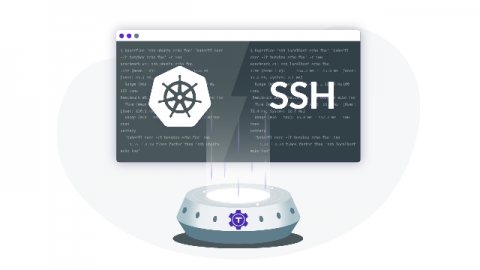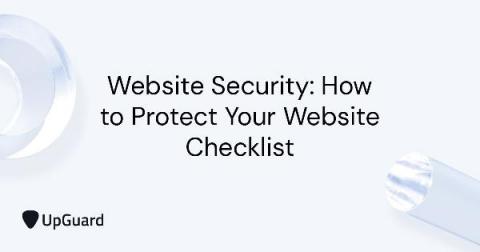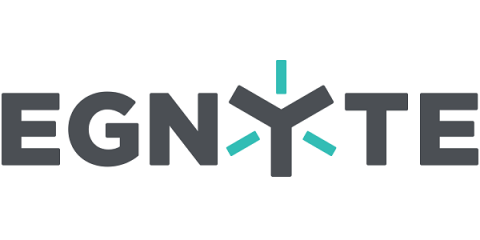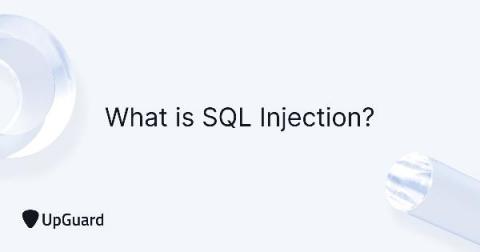Raising the Red Flag on the Insider Threat from Ransomware
There was nothing in particular that should have drawn attention to the two individuals sitting for drinks at the bar in Reno. Just two old colleagues catching up over some drinks. But if someone had paid close enough attention (and perhaps spoke Russian), then they might have overheard that one of the pair was attempting to recruit the other into what was possibly one of the biggest ransomware operations to date.


